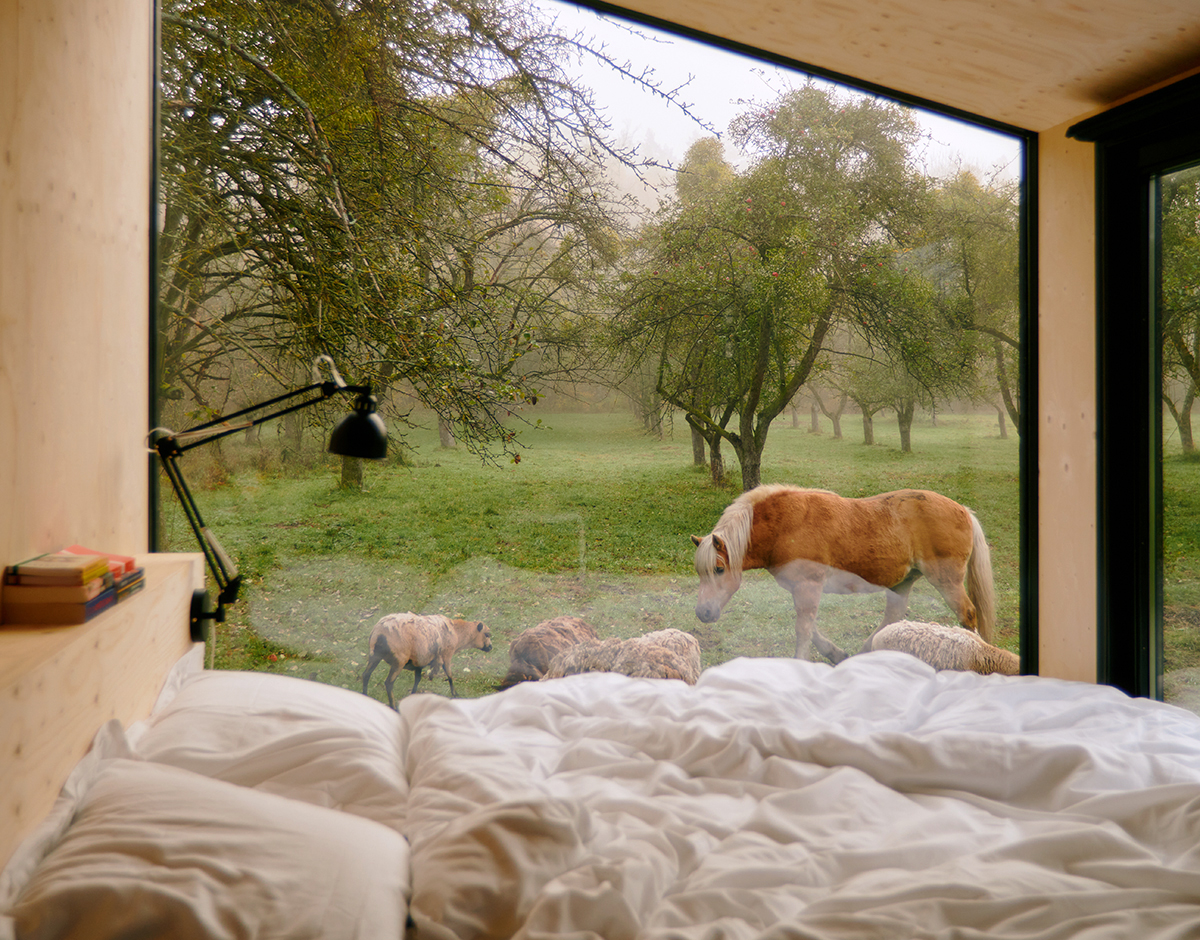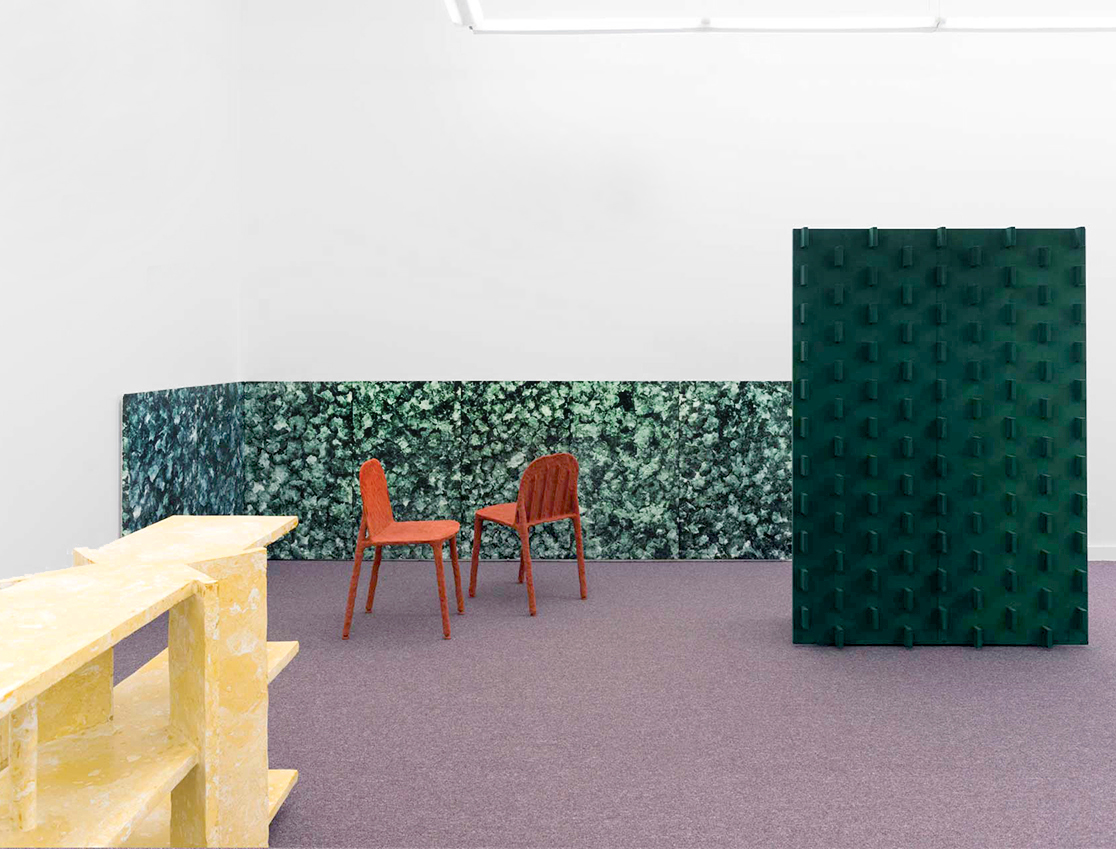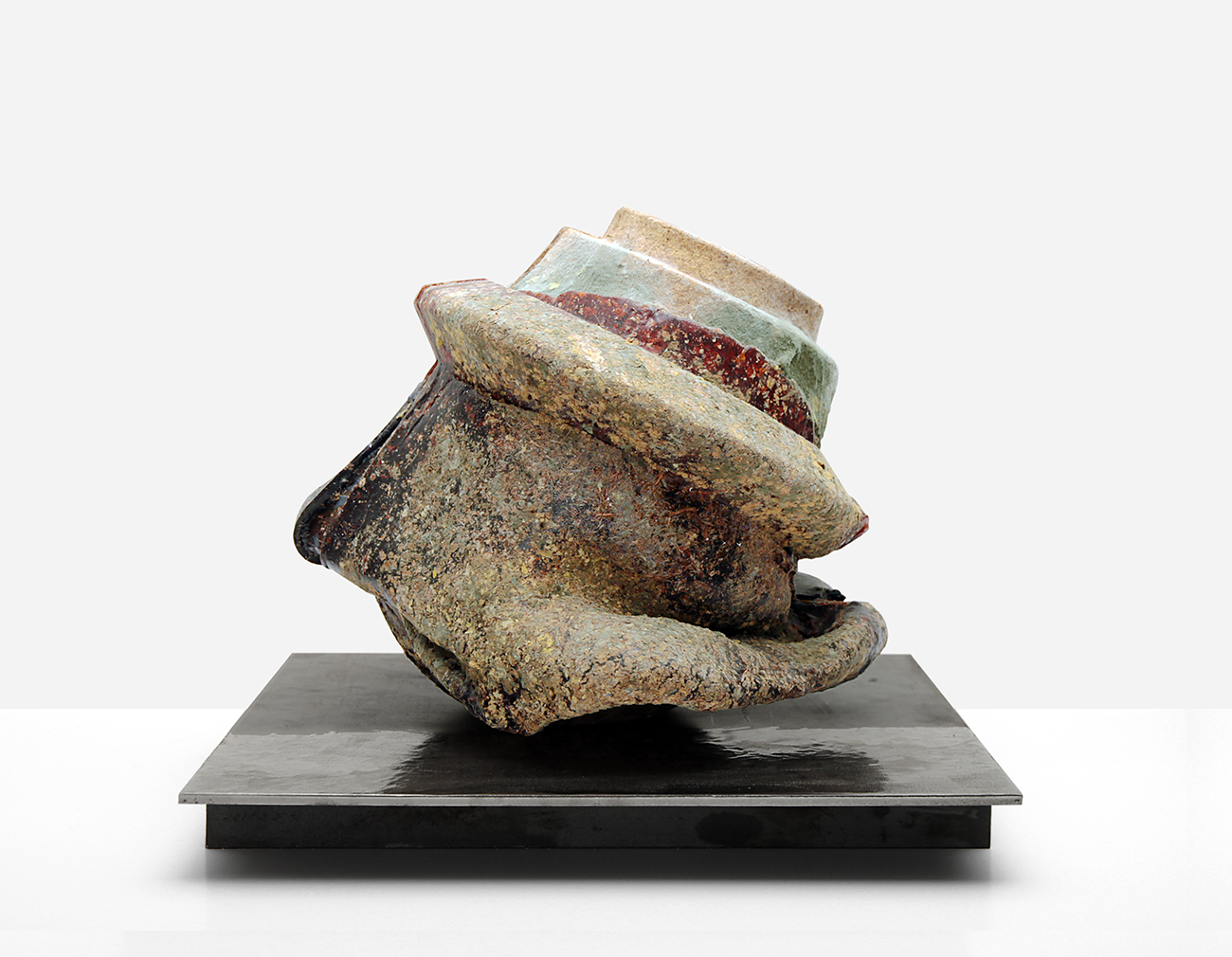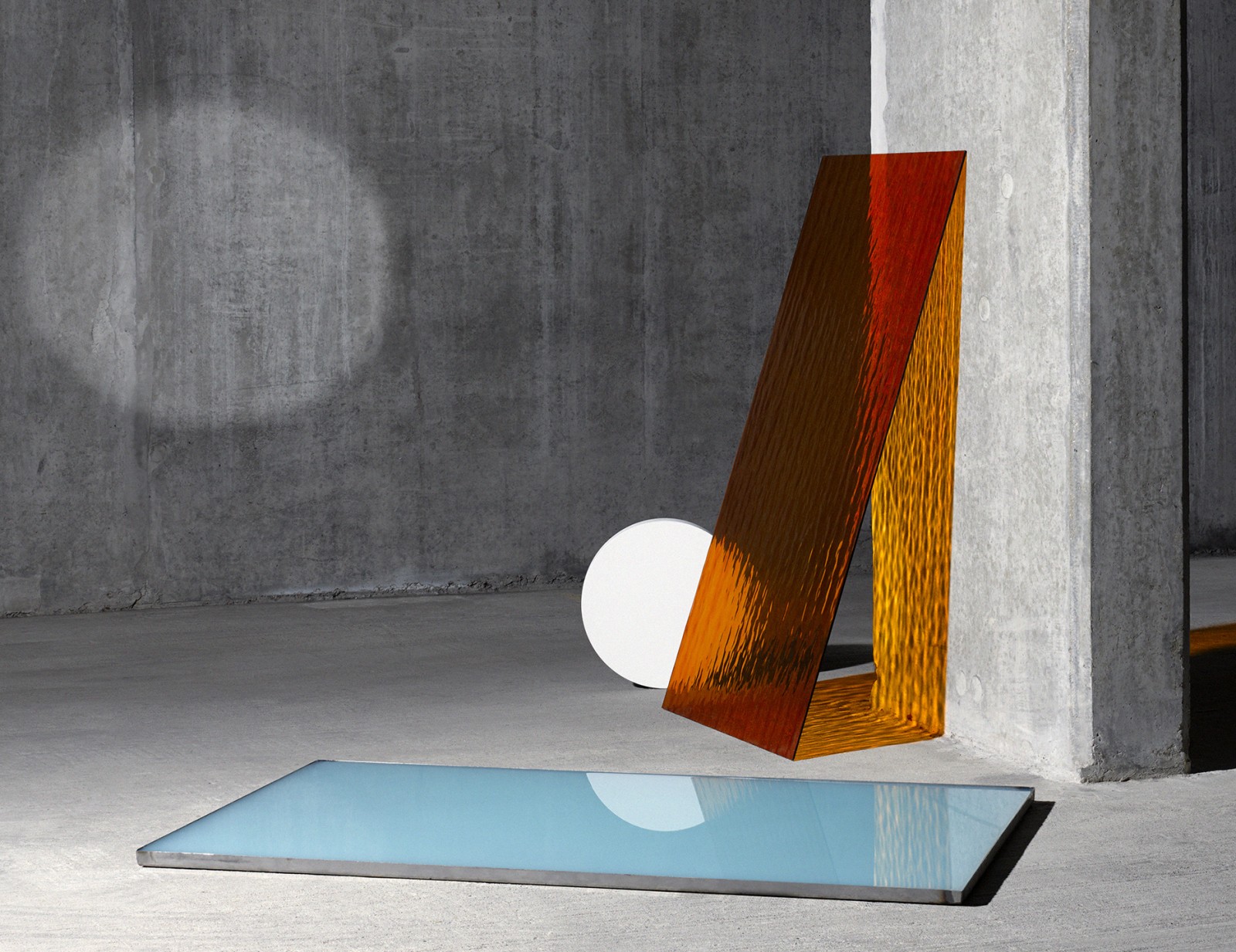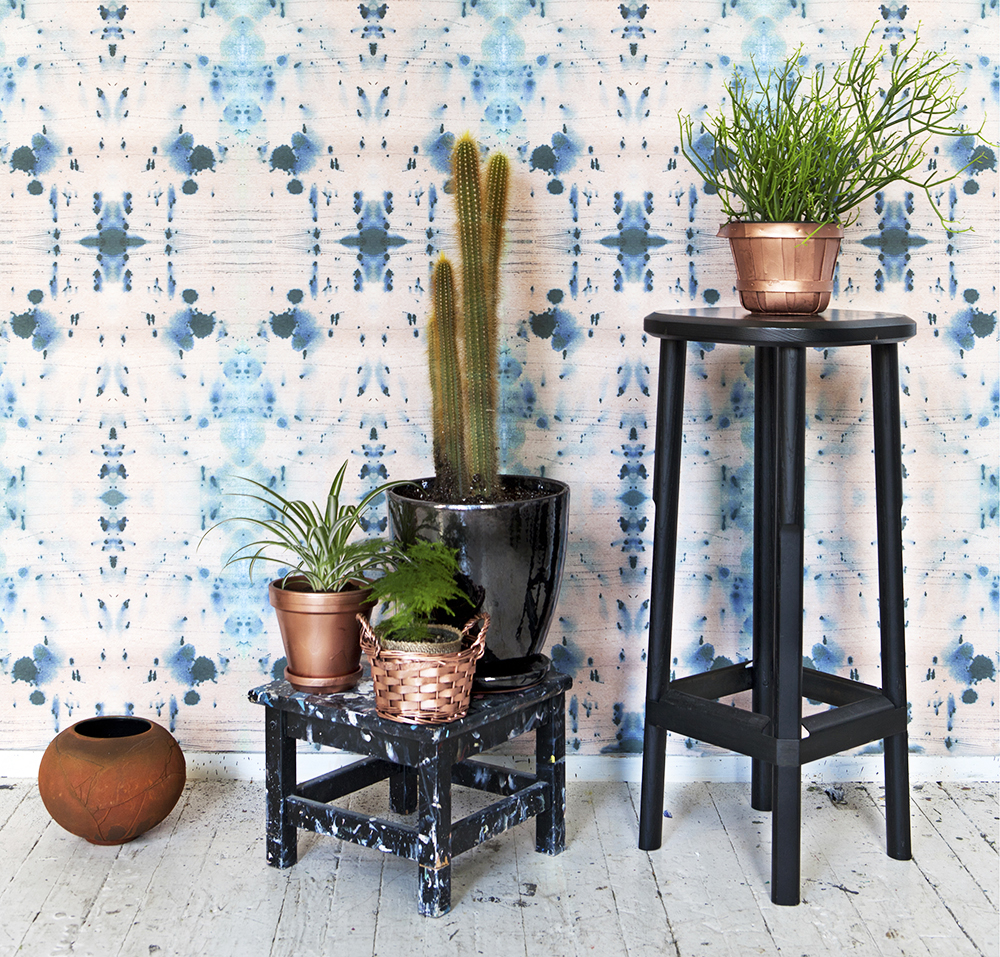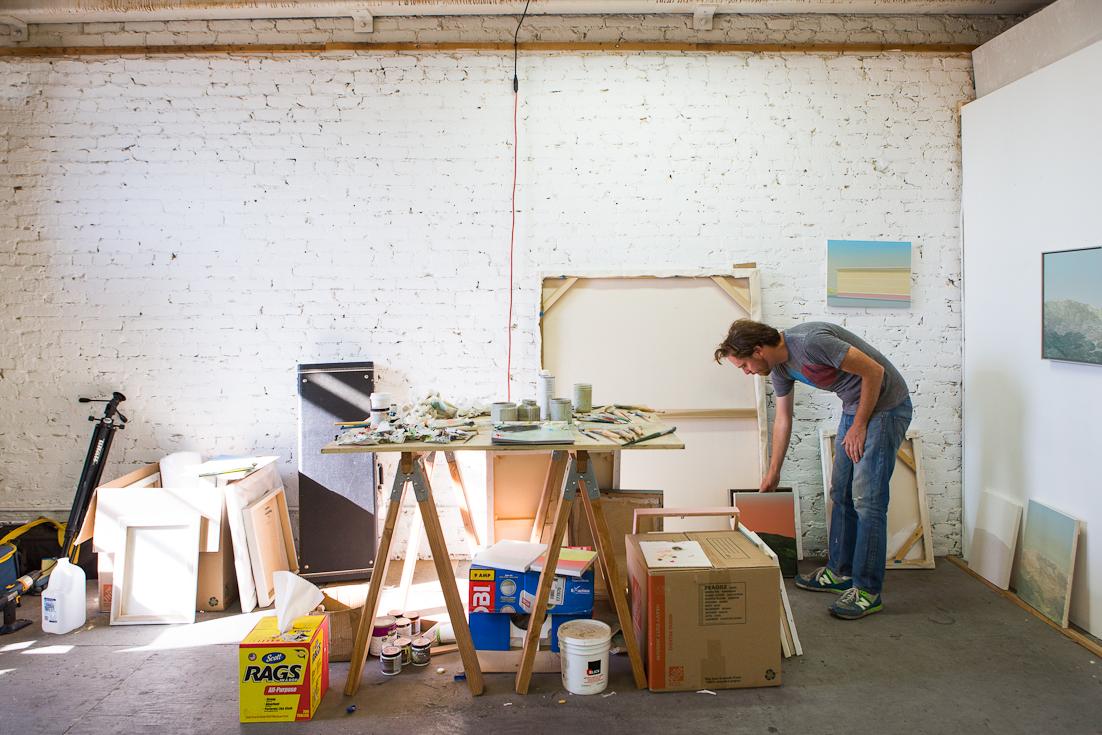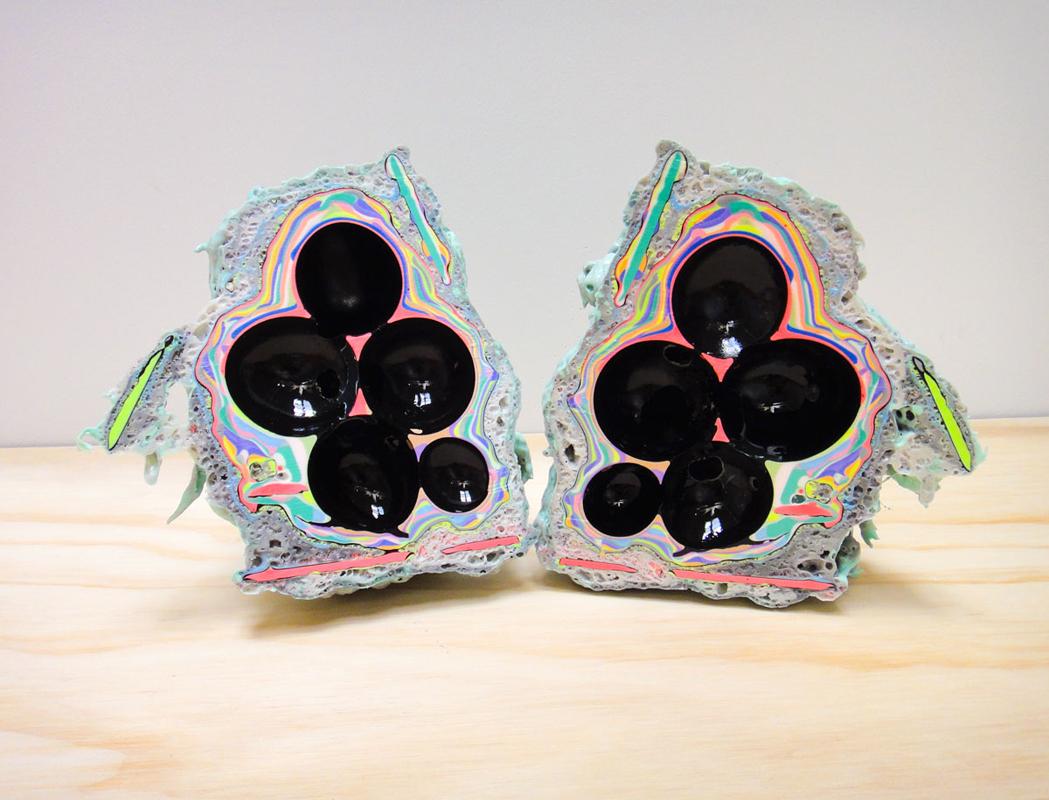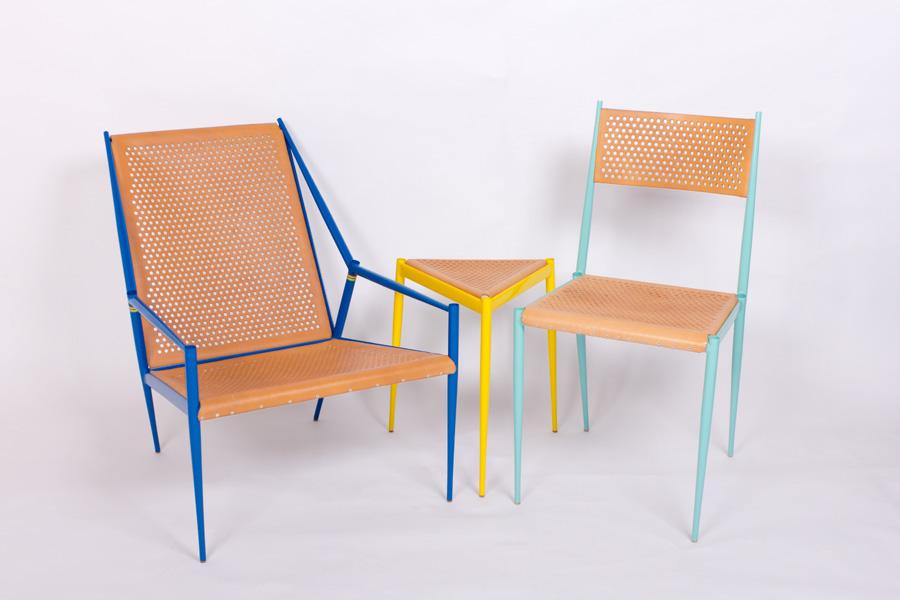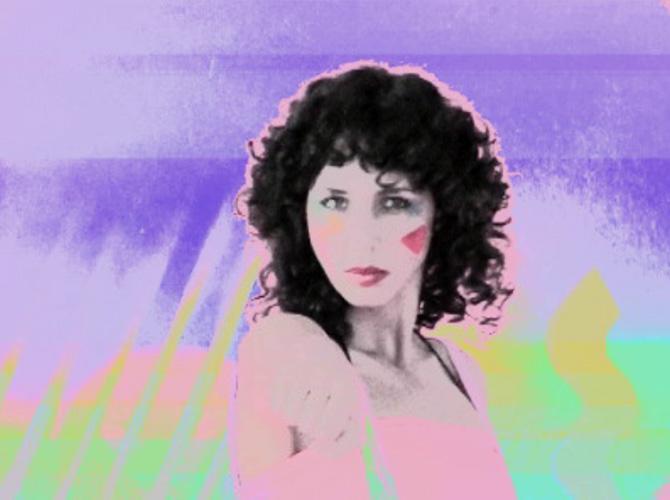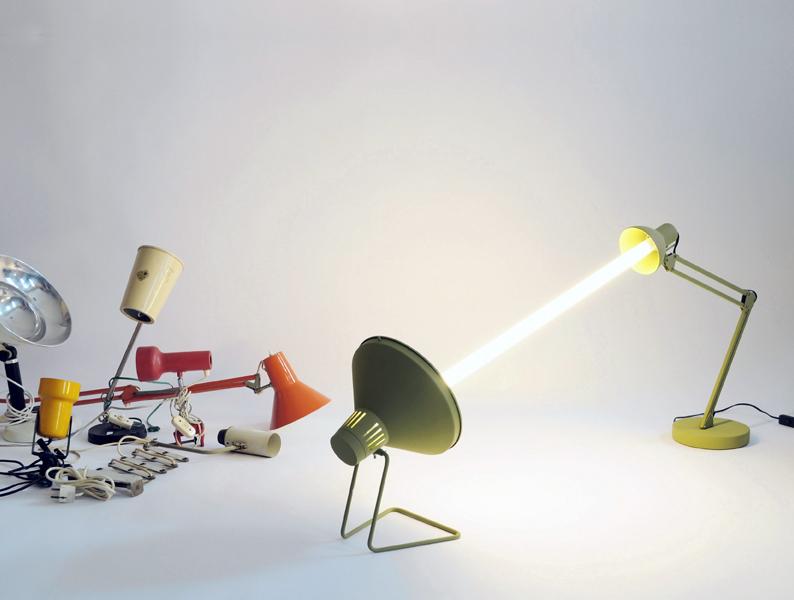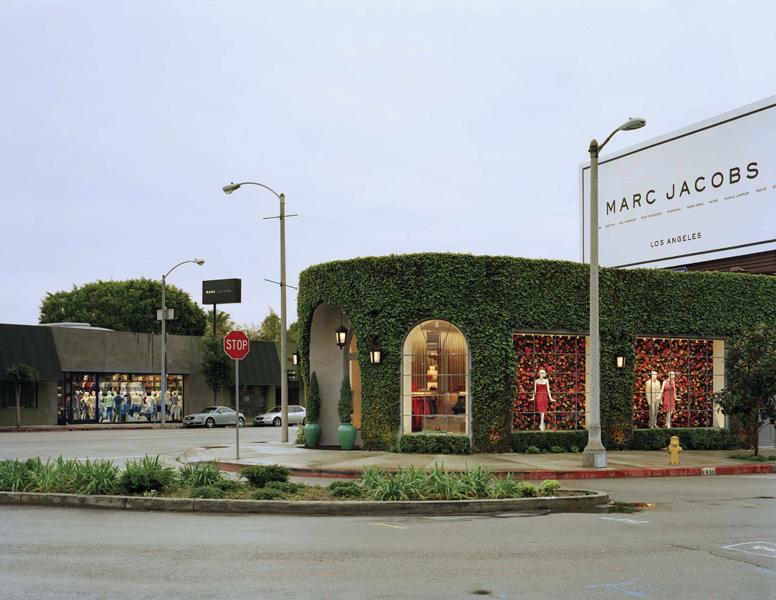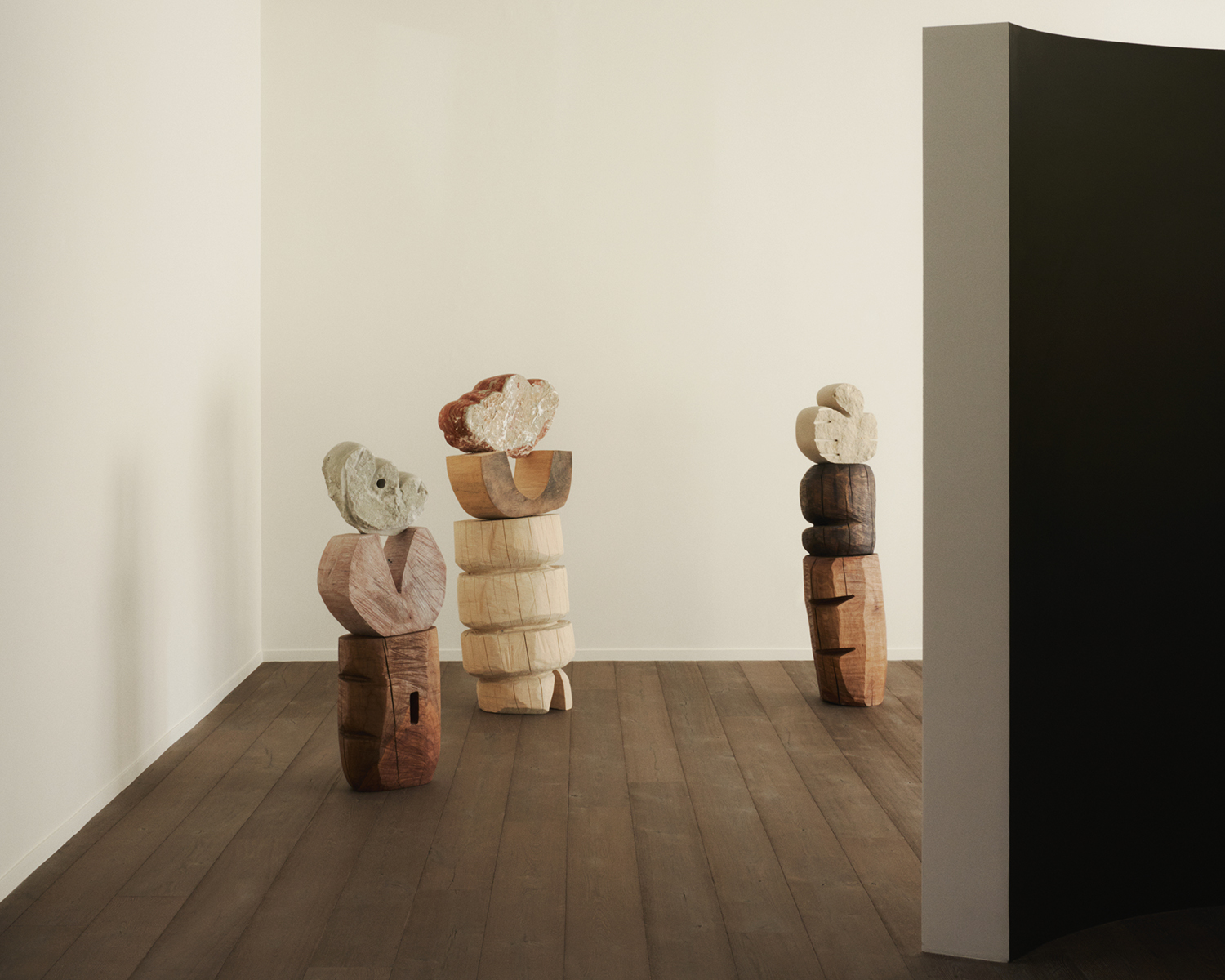
03.08.23
Excerpt: Exhibition
Nadia Yaron Embraced Chaos — In the Form of Chainsaws — To Create This Tranquil Exhibition
In a new show at Francis Gallery in Los Angeles, Nadia Yaron presents the body of work that emerged from a burgeoning love affair with her natural surroundings in Hudson, New York. “I work mostly outside from spring to autumn and am immersed in nature,” she shares. “This show is a tribute, a way to say thank you to these elements for their beauty and wisdom and all the joy they bring to our lives.” From her studio, a repurposed 19th century barn, Yaron used chainsaws and grinders to produce a series of sculptures of striking tranquility. It is not a peaceful exchange of energy. But, she says, “out of the chaos comes some quiet.”
